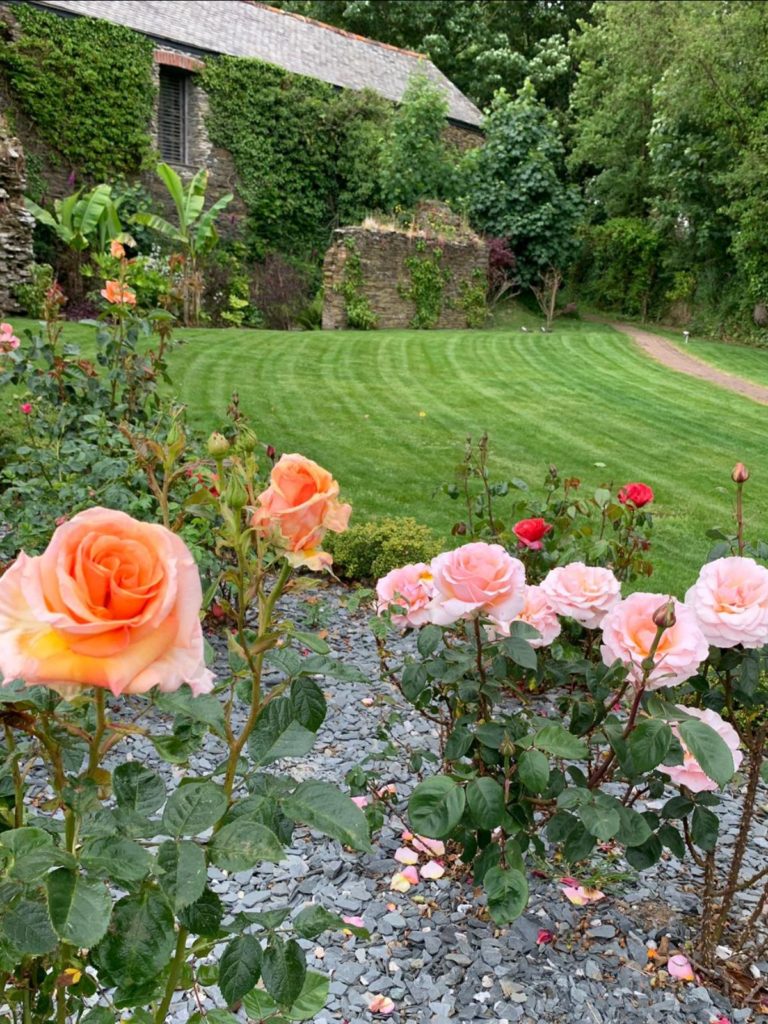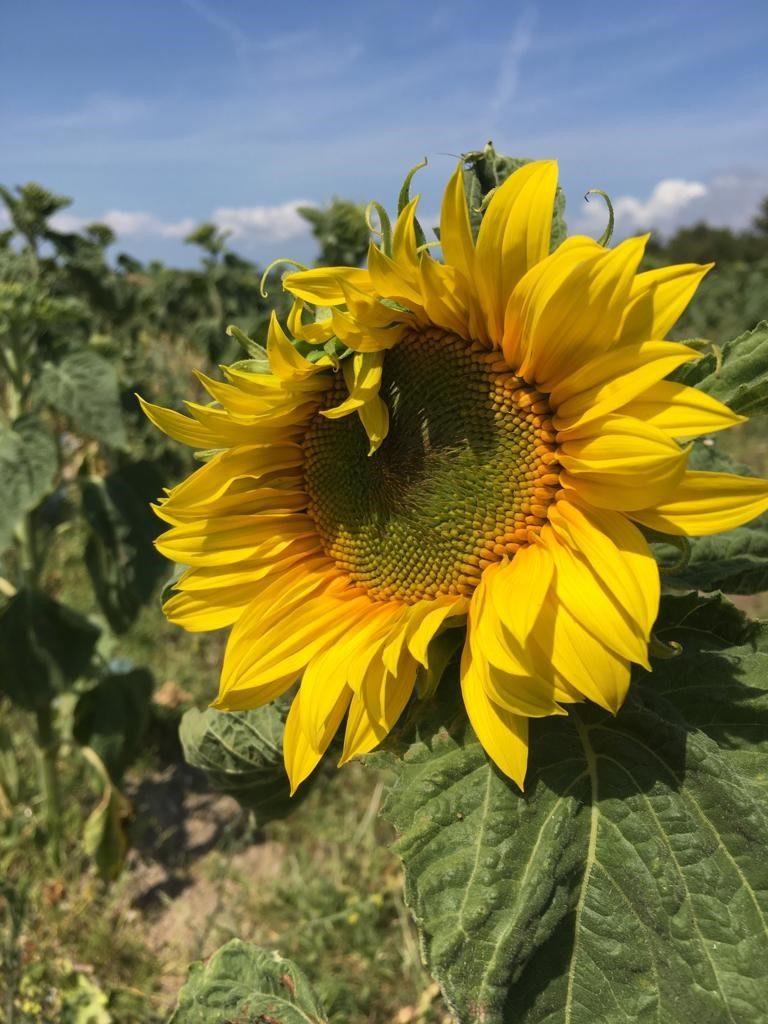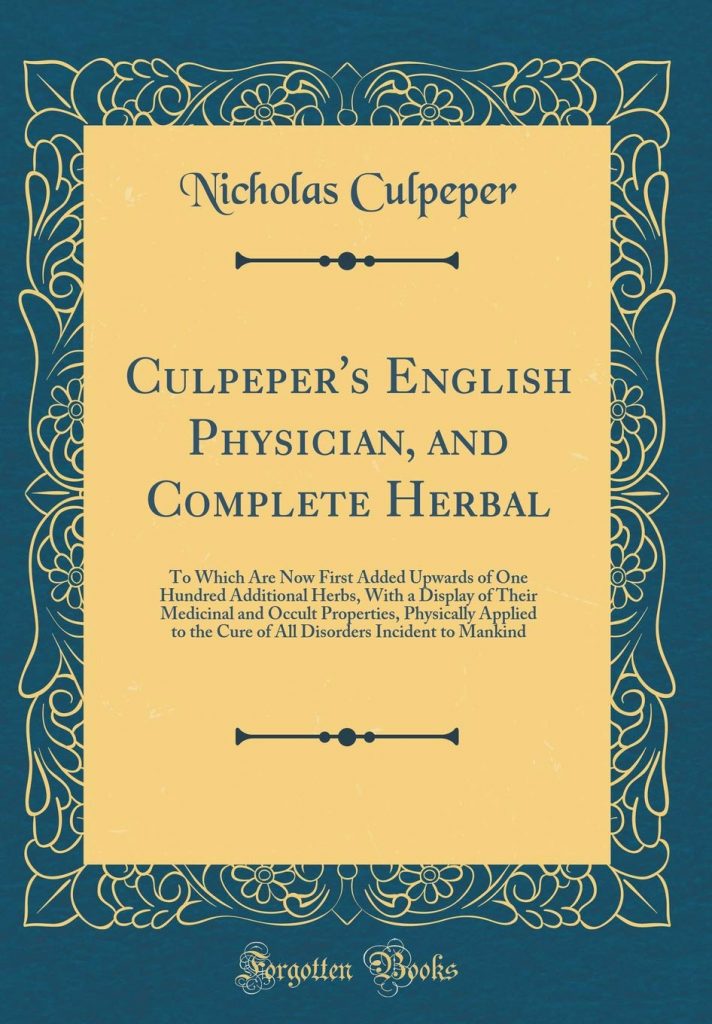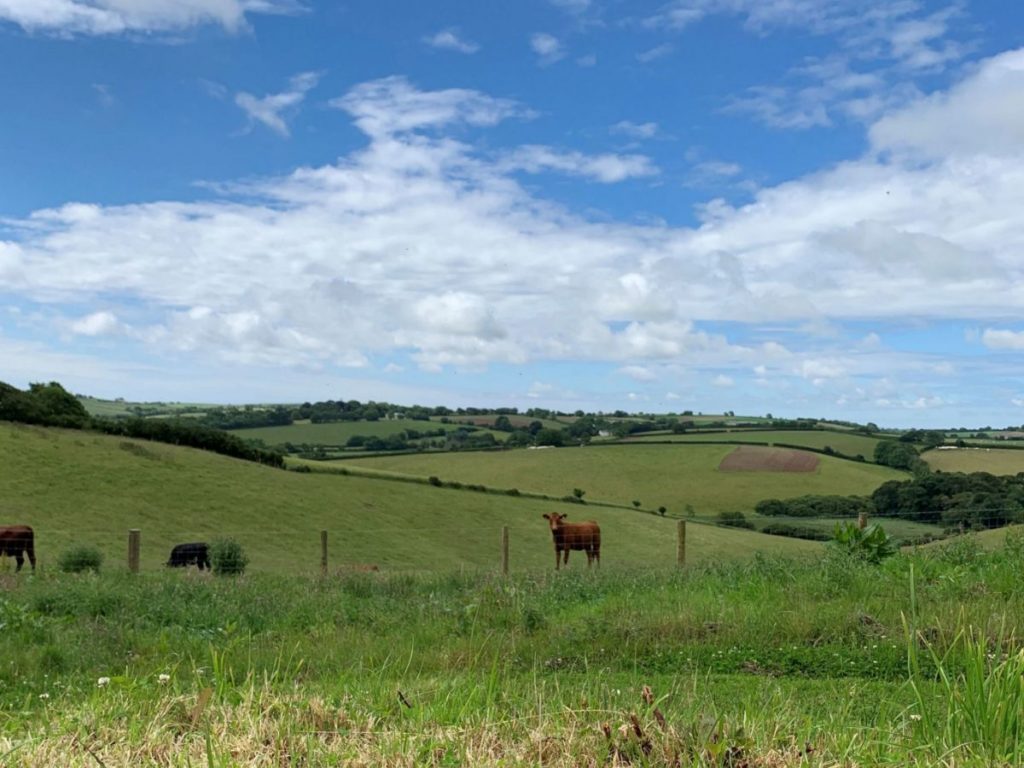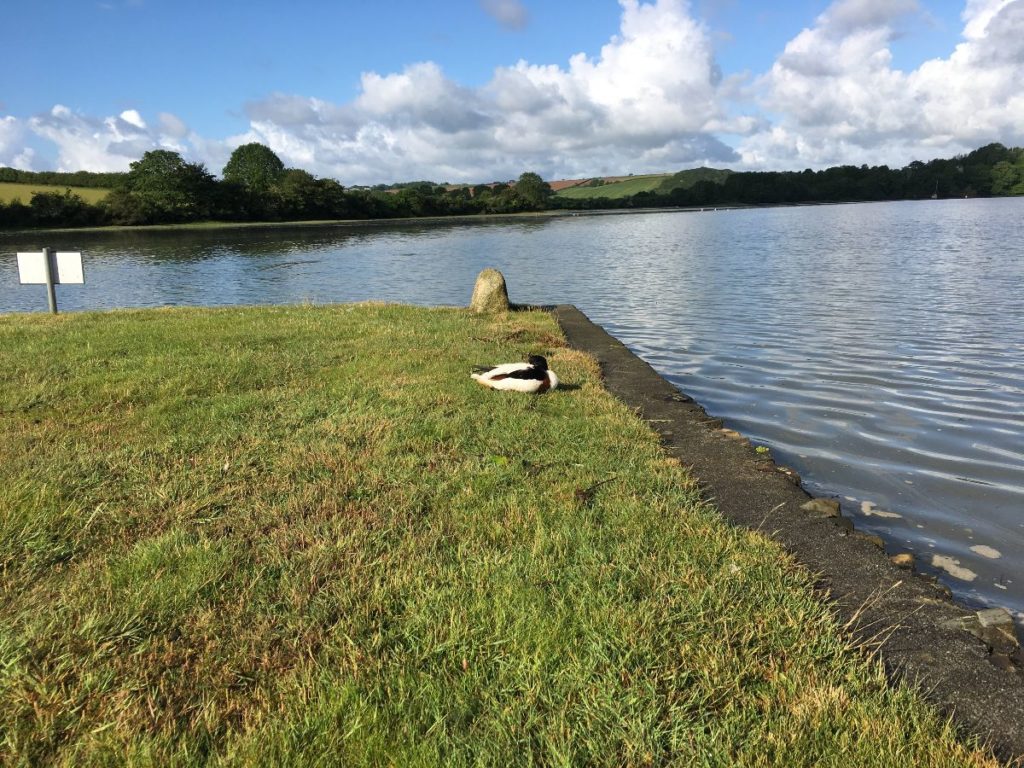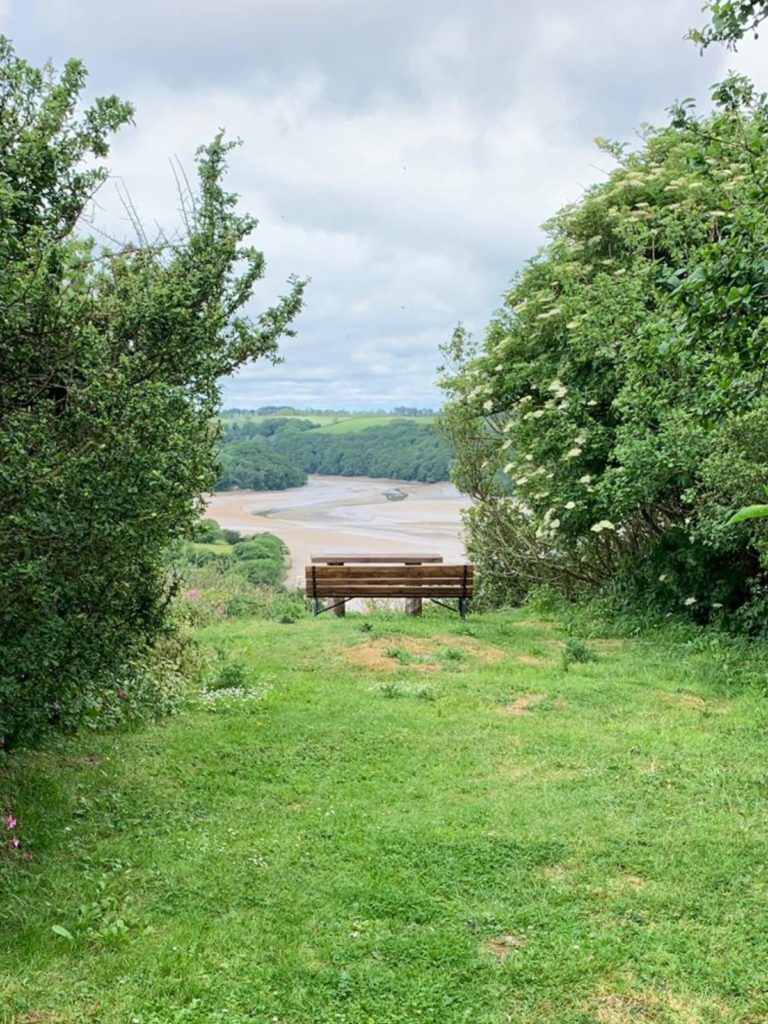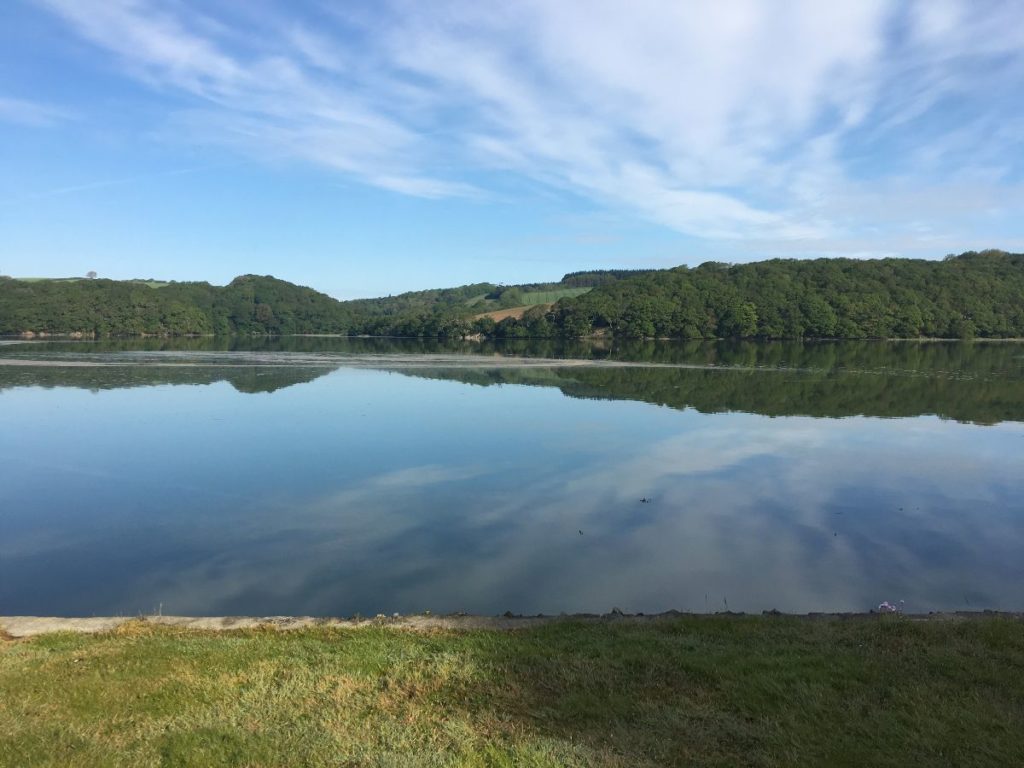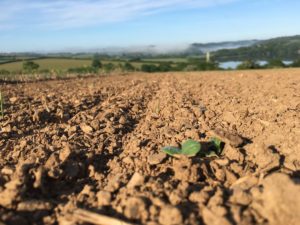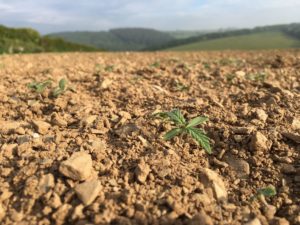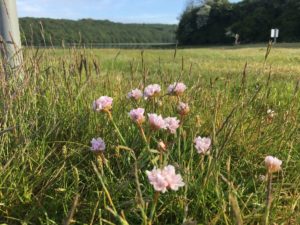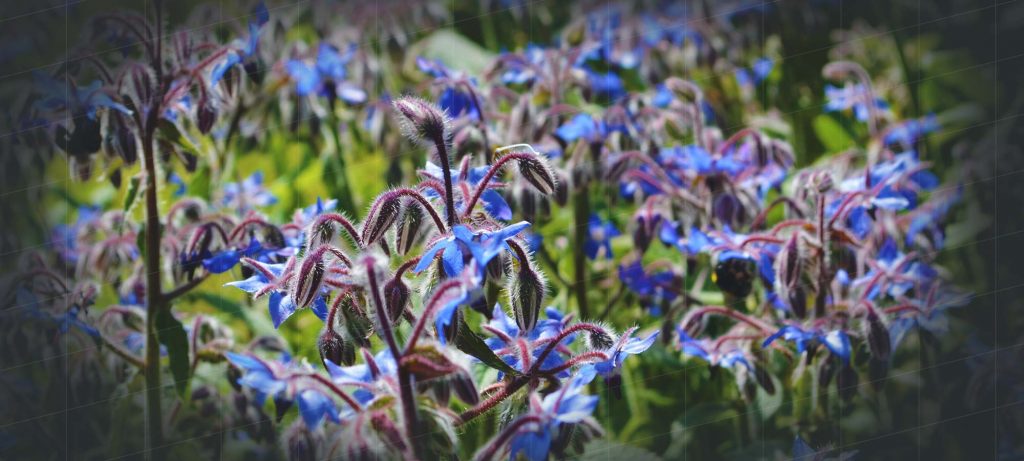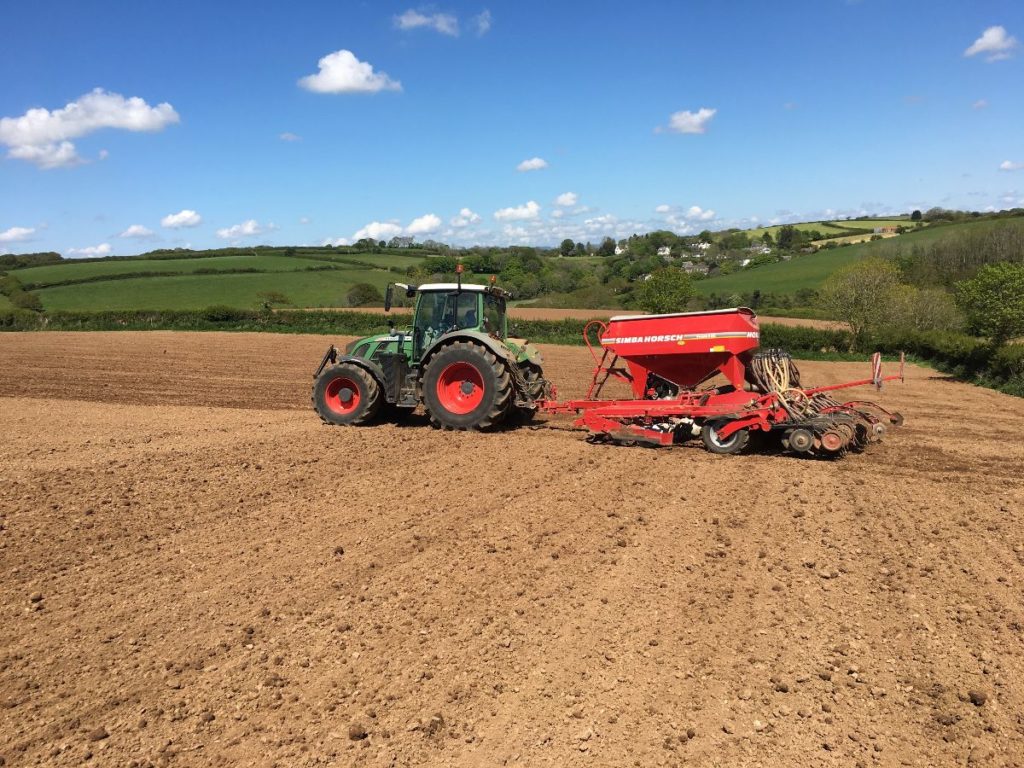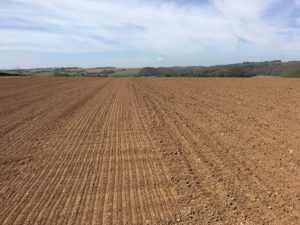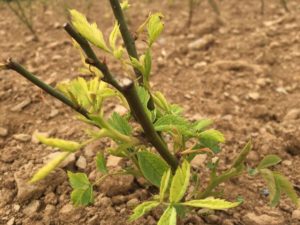Looking out over the farm this morning it struck me, the predominant colours I can see are brown and green. The brown of the earth still visible between rows of germinating plants, the greens of hedgerow trees and shrubberies spilling over both sides like an eagerly poured pint. A little further into the day however, and the opportunity arrived for a closer inspection. As I embarked on my weekly bee and butterfly hunt, I decided to take note of the flowering species too, an off-the-cuff decision to see how that data will compare to bee populations. I was staggered to arrive at a total of 29 different flowers, all peacock-ishly demonstrating their various colours, patterns and aroma’s.
Nature is often like this, portraying a vision of stillness and lifelessness to all but the most discerning passers-by. Ironically, the best way to ensure you can see and appreciate the landscape for all its wonders of life is to embody stillness and lifelessness yourself. A moment of quiet contemplation in the countryside can so often turn into an adrenaline-packed search for that thing you saw out of the corner of your eye that might just be something or other. This is the best way to enjoy nature, in my humble opinion, not through pictures or documentaries, not through others’ eyes or agenda’s, but by going out there yourself, sitting still for a while, and recognising your place within the world.
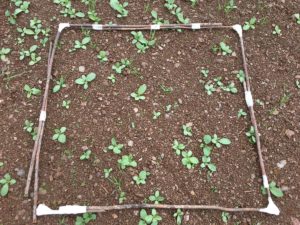
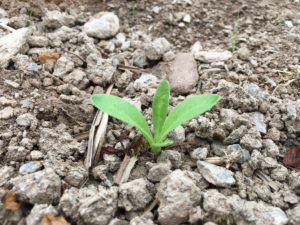
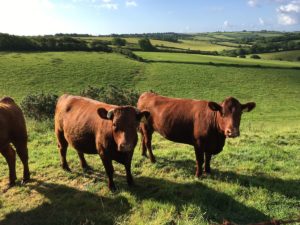
Here’s a list of the plants currently in flower on the farm:
Common Fumitory, Nettle, Poppy, Gorse, Pink Campion, Cow Parsley, Herb Robert, Hedge Mustard, Germander Speedwell, Elderflower, Creeping Buttercup, Oilseed Rape (volunteer), Red Dead Nettle, Bramble, Wild Rose, Honeysuckle, Foxglove, Dandelions, Clover, Sorrel, Scarlet Pimpernel, Ribwort Plantain, Navelwort, Cocksfoot (grass), Black Medick, Pineapple Mayweed, Yorkshire Fog (grass), Annual Meadow Grass (grass), Daisies.







